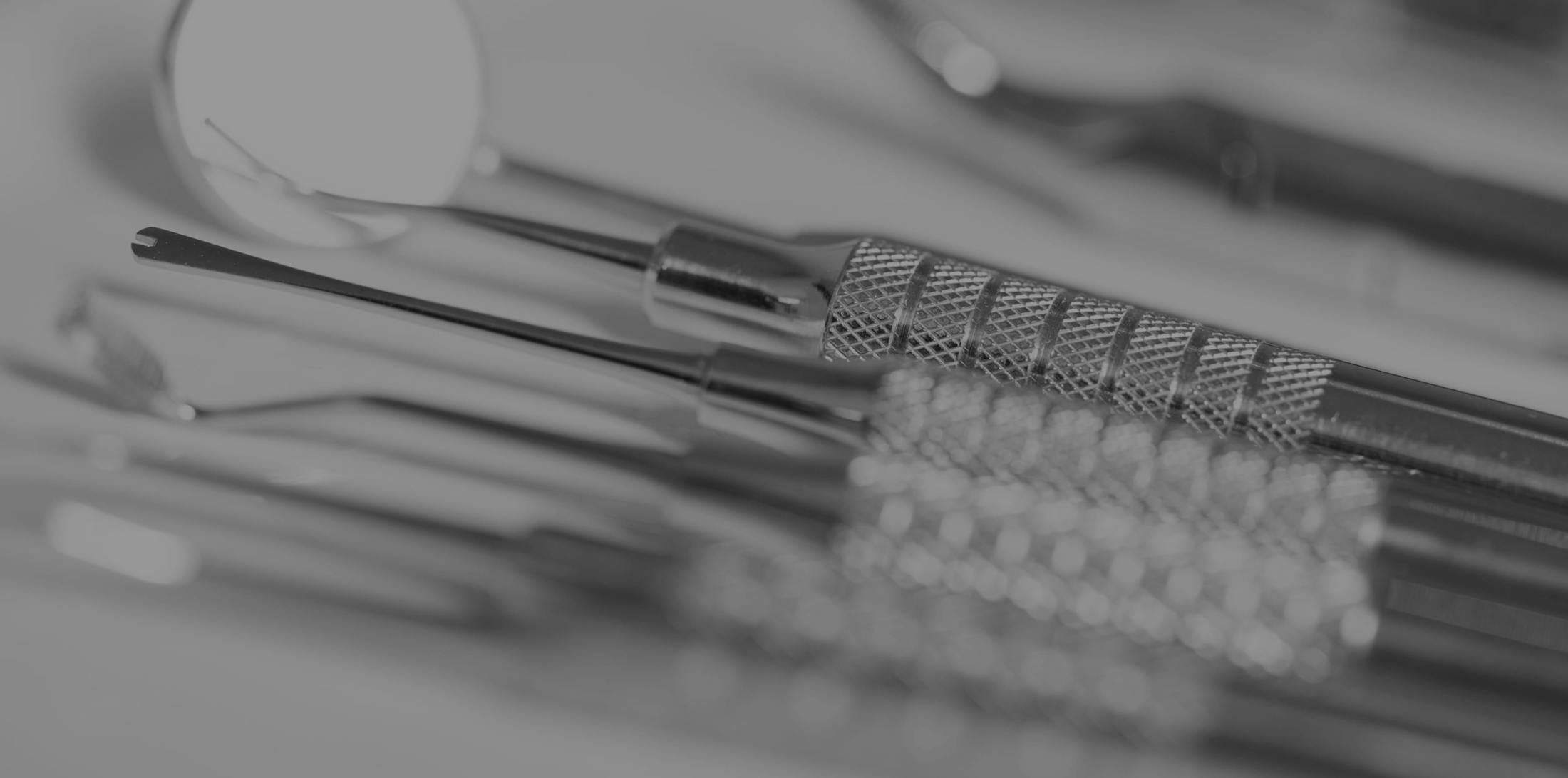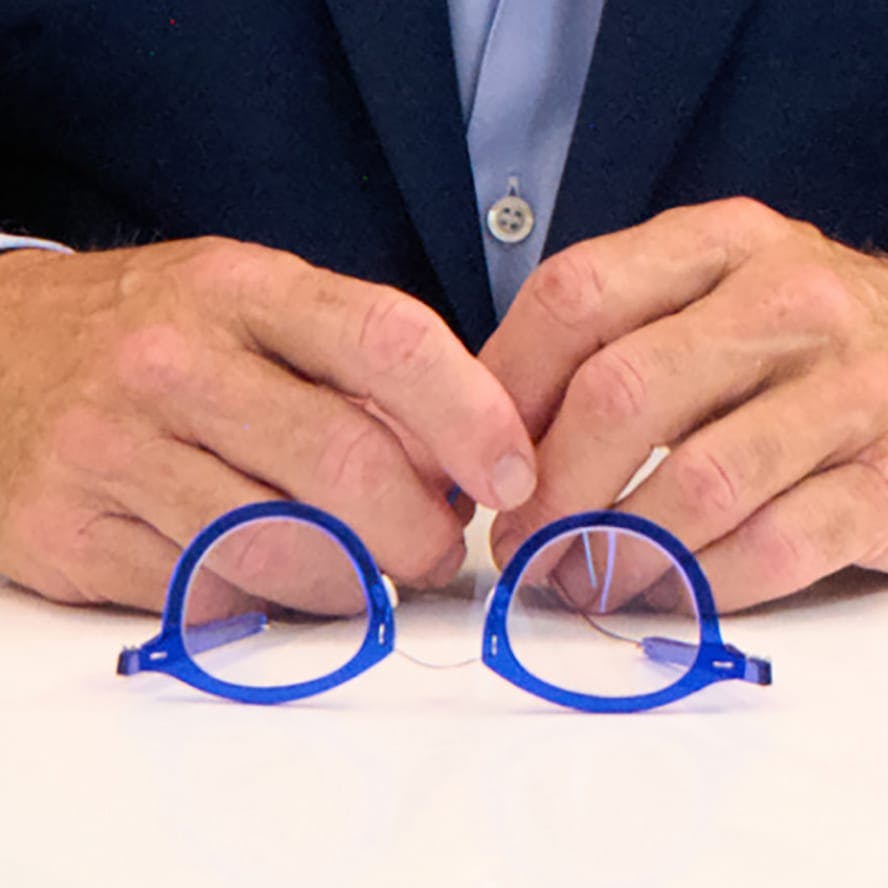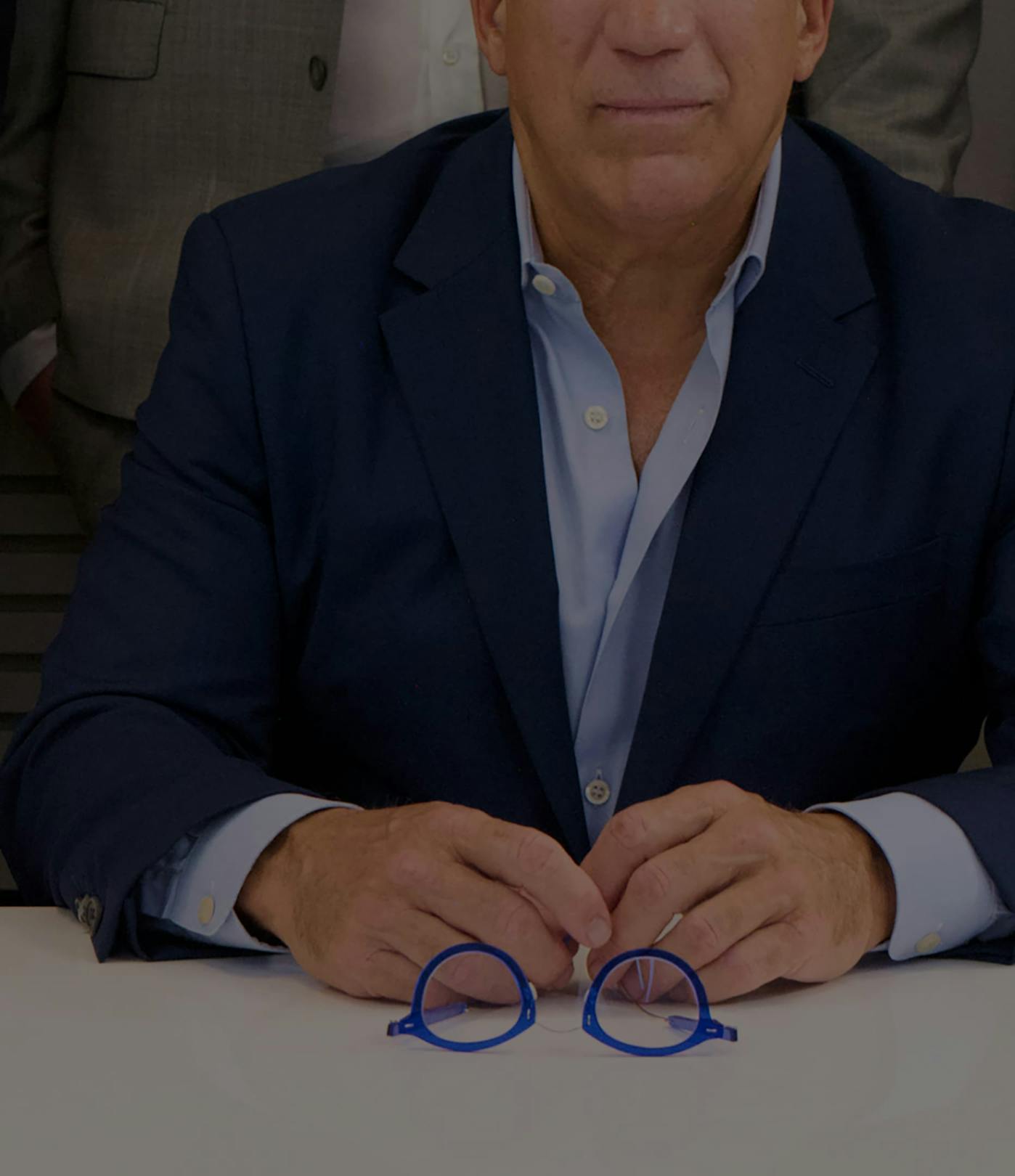Restore damaged teeth with minimally invasive techniques that mimic the natural structure and function of healthy teeth.
What Is Biomimetic Dentistry?
Biomimetic dentistry is a cutting-edge approach to restorative dental care that emphasizes preserving and mimicking the natural structure and function of your teeth. Unlike traditional methods that may remove healthy tooth tissue, biomimetic dentistry focuses on using minimally invasive techniques and biocompatible materials that replicate the properties of natural enamel and dentin. By prioritizing tooth conservation, biomimetic dentistry not only restores damaged teeth but also enhances their durability and appearance.
Traditional vs. Biomimetic Dentistry
Traditional dentistry often involves invasive procedures that may compromise the long-term health of your teeth. Techniques such as drilling and filling can weaken tooth structure, and materials like amalgam may not align with your body’s natural composition. Biomimetic dentistry, on the other hand, is centered on preserving as much of the natural tooth as possible.
Treatments focus on rebuilding teeth with materials that are both functional and aesthetic, minimizing the need for root canals or other invasive procedures. By replicating the strength and flexibility of natural teeth, biomimetic restorations offer a more sustainable and holistic approach to oral health.









